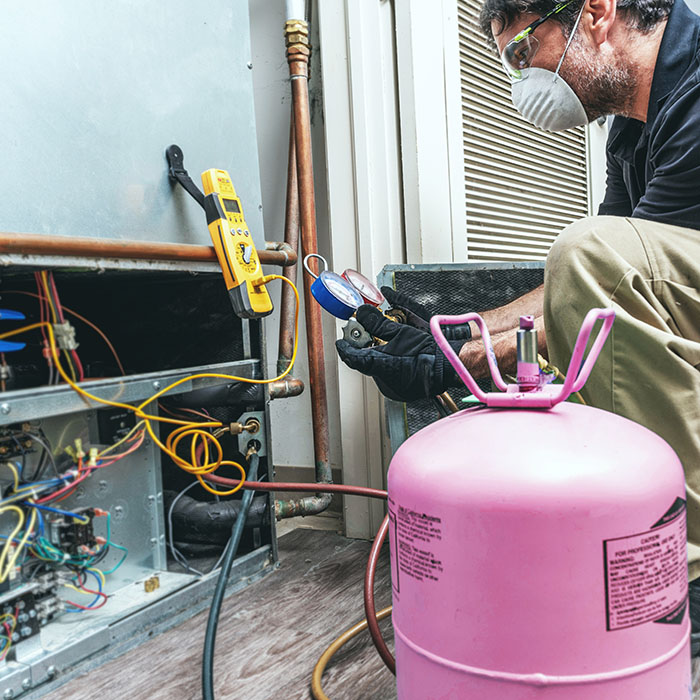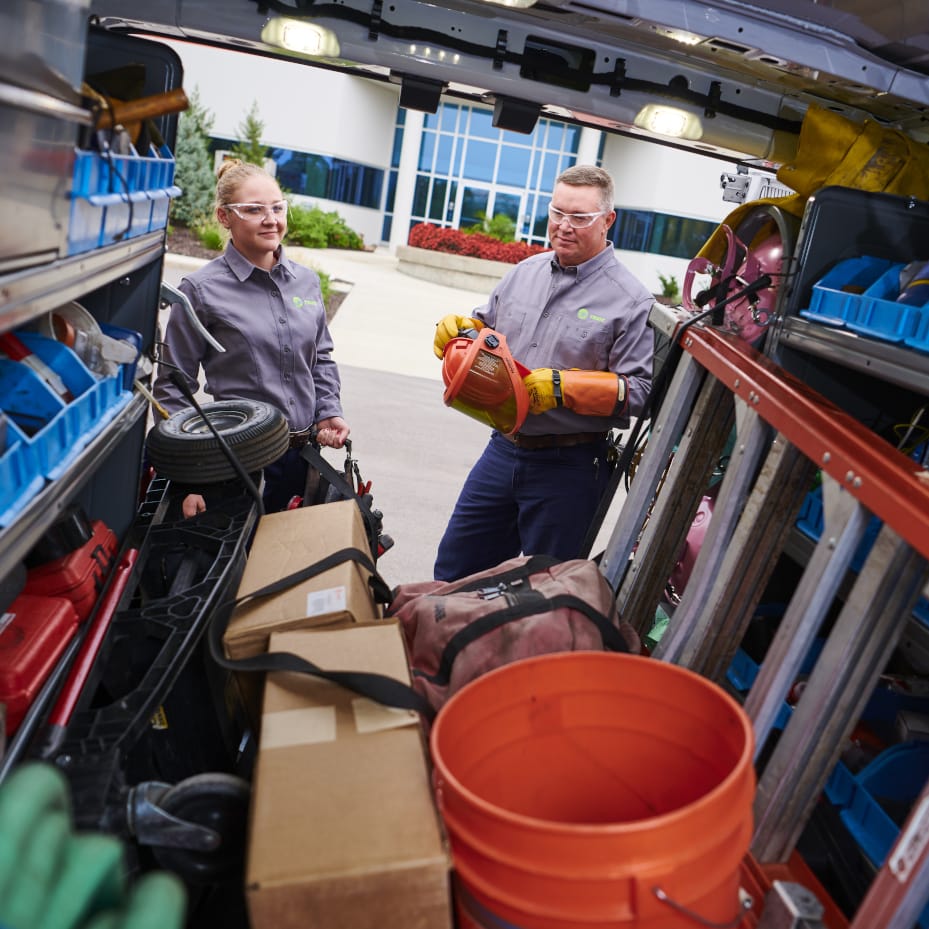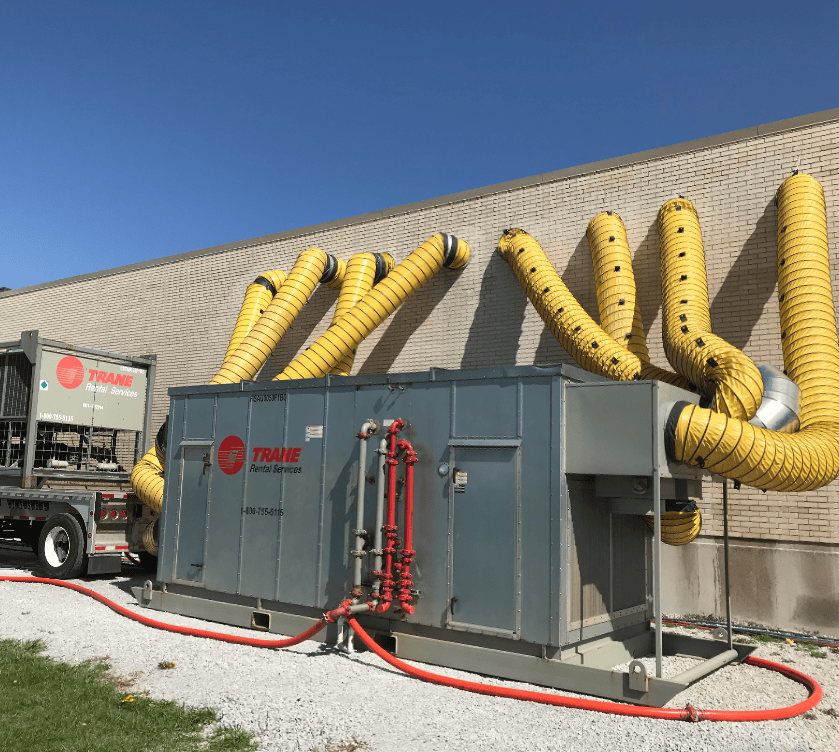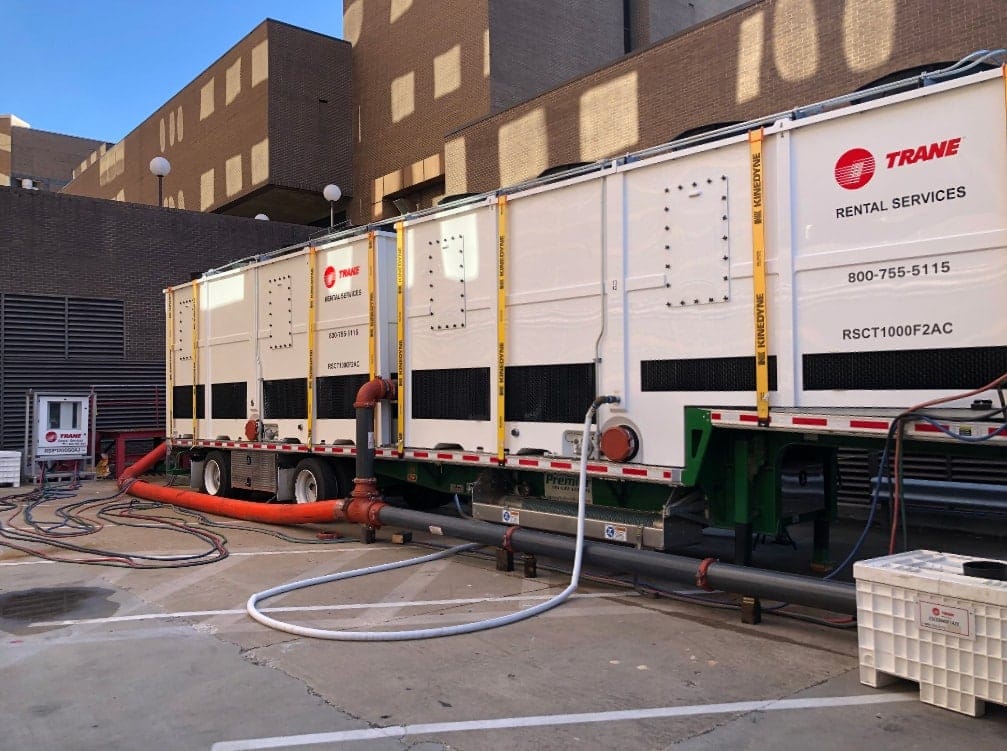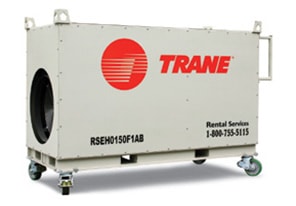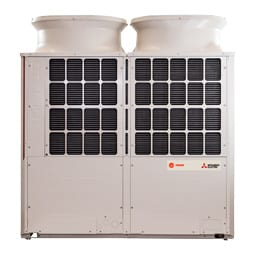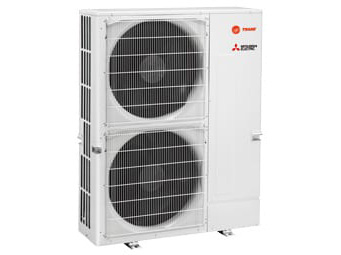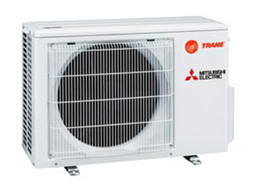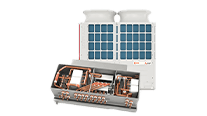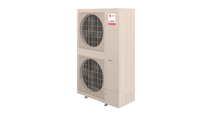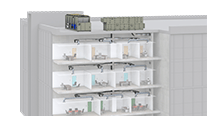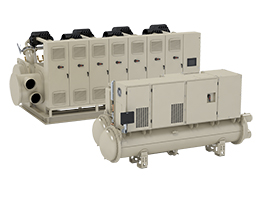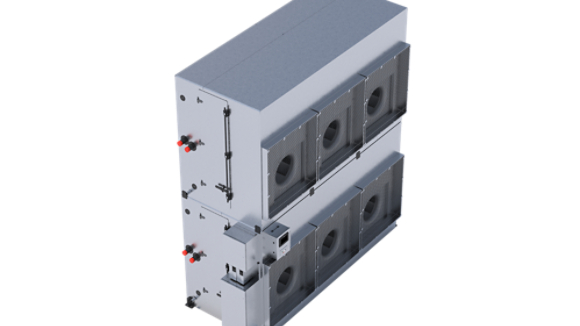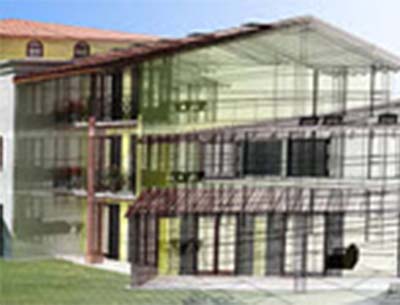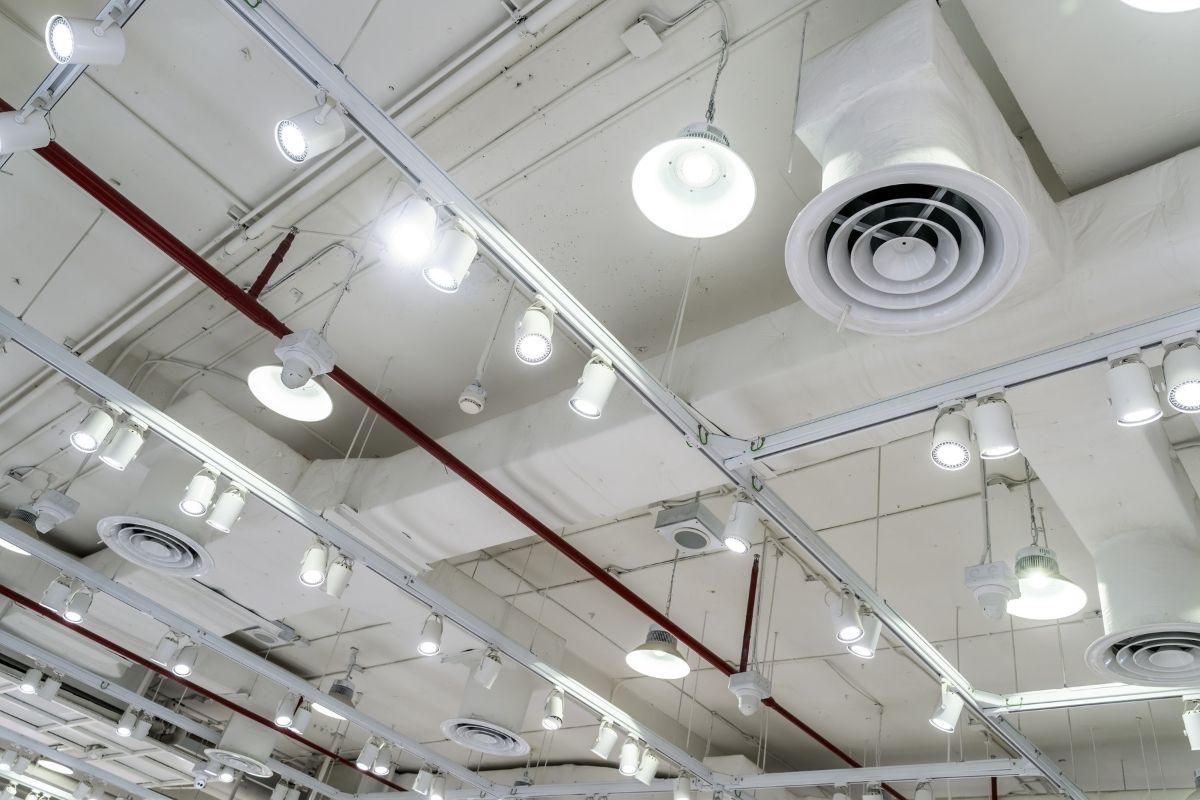When people think about indoor comfort, they often think about temperature. But, did you know that there’s more to the indoor environment that affects perceived comfort?
Mean radiant temperature, humidity, air velocity, and personal aspects like clothing and metabolic rate affect each person’s perception of comfort. The parameters of thermal comfort include:
- Dry-bulb temperature. Temperature read from an ordinary thermometer with a dry bulb exposed to the ambient air. Air temperature is the most common and easiest measure to determine occupant comfort.
- Mean radiant temperature. A variable which can be calculated based upon the temperature of surrounding walls, floor, and ceiling. The radiant temperature affects the amount of radiant heat transferred between the surfaces and the occupant.
- Humidity. The amount of water held within the air of the space. Humidity can be expressed in different terms, such as dew point temperature, humidity ratio, and relative humidity. Low humidity can dry the skin, nose, throat, eyes, and skin causing occupant discomfort. Similarly, high humidity can cause excess skin moisture, perspiration, and increased friction between wet skin and clothing.
- Air velocity. Air movement within the occupied space is necessary to ensure conditioned air and space mix and are recirculated. Often, air velocity in the space is low but sufficient to promote heat exchange between the occupant and space air. With certain types of clothing, occupants will generally accept higher space temperatures when air velocity is increased.
- Clothing insulation. People dress for different seasons and situations. For example, during winter months, people often wear garments which provide greater insulation compared to summer clothing. As clothing insulation rates increase, the space setpoint temperature can be slightly decreased while maintaining perceived space comfort.
- Metabolic rate. Chemical reactions within the body that convert food to energy. A person’s metabolic rate varies over a wide range of activities, conditions, and is unique to individual people. As activities become more strenuous, the metabolic rate increases, which increases the amount of heat being rejected by the body. Like clothing, when a person’s activity is more strenuous, a space’s setpoint temperature can be slightly decreased while maintaining perceived space comfort.
The first four parameters can be controlled with a properly designed HVAC system. The occupants themselves and their activities dictate clothing insulation and metabolic rates. As an industry, we rely upon tools and standards like ASHRAE’s Standard 55 “Thermal Environmental Conditions for Human Occupancy” to design spaces for occupant comfort.
Multiple studies have shown that the more comfortable people are, the more productive they become.1 Some applications, like healthcare, retail stores, grocery stores, and schools may have unique requirements related to one or more of the thermal comfort parameters for the comfort of the people – or food – inside their buildings.
So, when thinking about thermal comfort, it’s important to consider more than temperature. Consider all of the parameters that can be impacted by HVAC and work with a design professional to optimize the system to meet the thermal comfort you desire or require.




